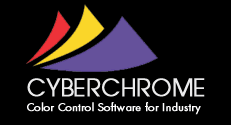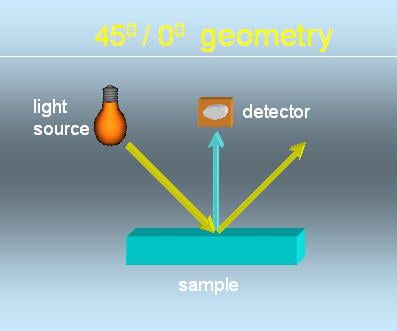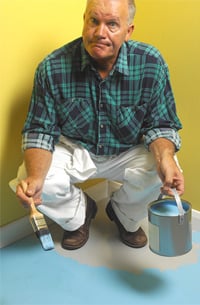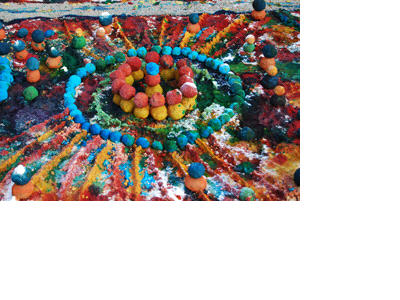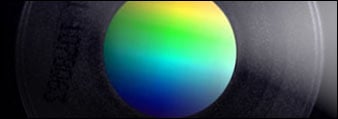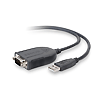Long before computers were invented a radio, film, and television comedy team known as Abbott and Costello perfected a classic skit that became known as the "Who's on First?" routine; essentially a dizzying five-minute display detailing by example the pitfalls of miscommunication via homophones, homonyms, home-run hitters, and high comedic art.
Color QC and Matching Blog
Tags: standard observer, instrument geometry, color spectrophotometer
Tough economic times often mean having to make do with fewer resources to handle the workload. The same workload for developing new colors, adjusting production batches, and approving colors is spread over fewer people. Staff become stressed and can easily overlook color shifts they might otherwise have caught.
Tags: Color correction, Color difference, color development, color matching, color spectrophotometer
There were over 330 delegates of whom ~220 were from overseas in fact from 34 countries from most continents around the world.
Tags: AIC Congress 2009, color congress, colour congress, color research
Installing OnColor Color Software under Windows 7 and Vista
The OnColor Suite of color QC and color matching software is licensed through use of a hardlock key. The USB hardlock key that is shipped with the software can be used on one computer at a time.
Tags: OnColor, hardlock, Vista, Windows 7, color matching
Connecting your color spectrophotometer to OnColor with a USB adapter
Many color instruments and spectrophotometers in use today come with a serial cable to connect and communicate with a computer. However, serial ports are a thing of the past and very few PC's come with a serial port as standard configuration these days. While you can always install a serial port, an easier way to connect to the PC is to use a Serial to USB adapter. This is a special cable that plugs into the serial port output of your spectrophotometer on one end and plugs into a USB port on the computer on the other. This circumvents the need for a serial port on the PC.
How to improve Inter-instrument Agreement with Instrument Profiling
Many users assume that since they do a daily calibration on their instrument, their readings are correct. And if they are correct, then they must match every else's. That's not usually the case. Spectrophotometers from different suppliers may read color differently. Even with the same model from the same supplier, significant differences can be found depending on the age of the instrument and how well it is maintained.
Tags: color tolerances, Announcements, instrument profiling, inter-instrument agreement
Color Correction – How to use your color software to get practical answers
Well...this frequently happens when a minor colorant is overshot in the batch and the only way the computer knows to correct it is to dilute it out by adding all of the other colorants. Remember, the color computer is always trying to go for the perfect match or DE=0.00. Often times this is not the "perfect answer" in the practical world. The colorist is frequently able to accept a small color difference if he can fix the batch with the add of one colorant, or a small add of two colorants. In these cases, using the manual correction features of OnColor can solve the problem by giving you control with practical choices on how to adjust the color of a batch.
Tags: Color correction, color matching
One of the more frequent questions we hear from suppliers is: What should my color tolerances be? The simple answer equates to what the client will accept in color variation in all directions of color space versus the color standard the supplier needs to match. The importance of the client providing representative color standards will be the subject of a future blog.
Tags: color tolerances, Announcements, Color difference, Product Information, box tolerances, CMC DE, DE CIE2000, elliptical tolerances, color standard
